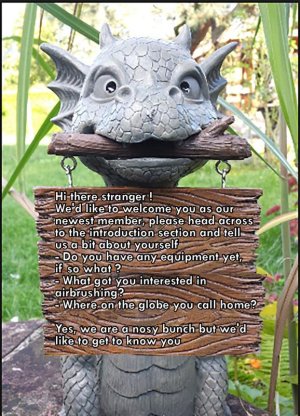I know this topic has been covered to death, but bubbles/foam in the color cup. (Side question: What's your take on the search engine for this forum?)
I got an Eclipse HP-CS about a month ago along with a small tanked compressor and have just recently noticed that all/any color I've tried creates a foam in my color cup. I've checked the following: Needle seating correctly,yup. Head cap tightened? I've read never to use the spanner supplied and also to just nudge it tight. I've tried both methods. Blocked passages? I break down and clean the brush after each session.
What else can I check? Could the air pressure be the culprit? I have been trying different settings.
Anyway, thanks for the great forum.
I got an Eclipse HP-CS about a month ago along with a small tanked compressor and have just recently noticed that all/any color I've tried creates a foam in my color cup. I've checked the following: Needle seating correctly,yup. Head cap tightened? I've read never to use the spanner supplied and also to just nudge it tight. I've tried both methods. Blocked passages? I break down and clean the brush after each session.
What else can I check? Could the air pressure be the culprit? I have been trying different settings.
Anyway, thanks for the great forum.

